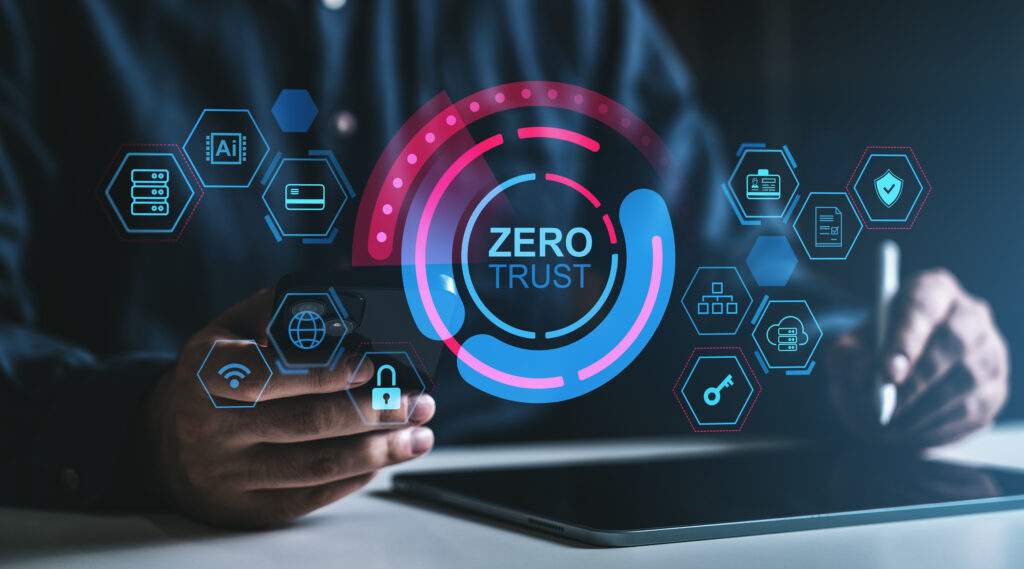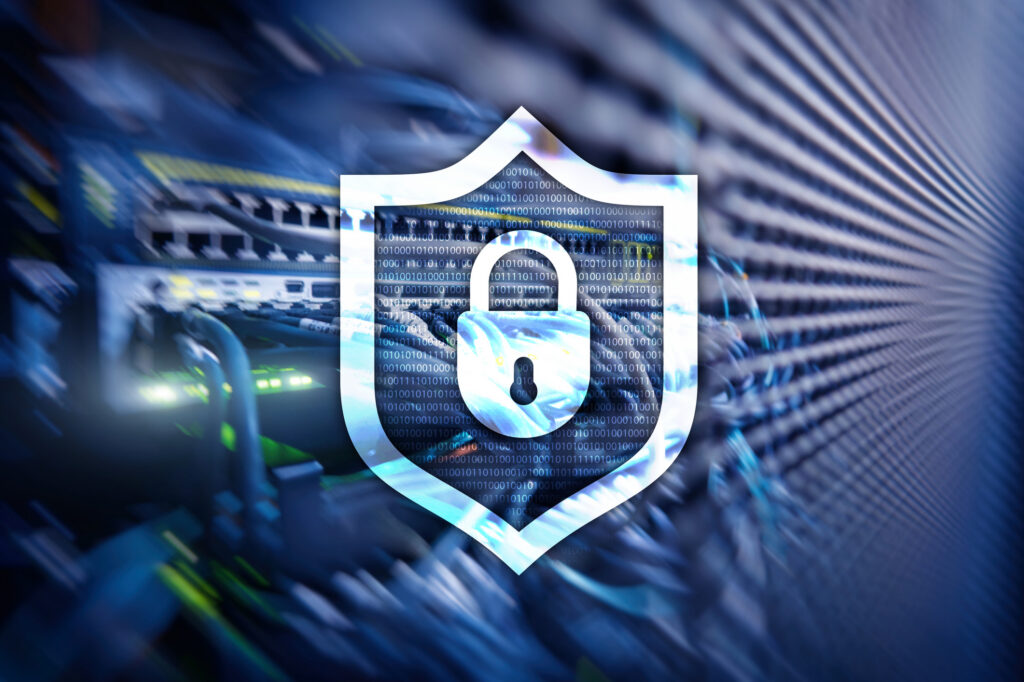Take-aways from CPX 2015 USA on VE Day Coinciding with the milestone anniversary of VE Day, this year’s Check Point Experience CPX 2015 USA meeting was held May 7-8 in Washington, DC. While countries around the world marked the turning point of World War II, we were immersed in 2 days of sessions, in-depth break-out meetings and exhibits focusing on today’s cyber threats and network security solutions. Hot topics included mobile cyber threat prevention and hybrid cloud security.
Check Point executives Gil Shwed, Founder and CEO, Amnon Bar-Lev, President, and Dorit Dor, Vice President, Products, opened general sessions on both days of the conference. Keynote speakers included Michael Morell, Former Deputy and Acting Director of the CIA, and Michael Chertoff, Co-Founder and Chairman of the Chertoff Group and the second United States Secretary of Homeland Security under the Bush and Obama administrations. Both Morell and Chertoff stressed the likelihood of a 9/11-style terrorist cyber attack involving critical infrastructures.
Morell noted that threats in the cyber domain are the second most significant today after international terrorism. “There are 2 types of companies, those who know they’ve been attacked and those who don’t.” Adversaries are growing and these include nation-states, criminal groups, and terrorists. But most dangerous are insiders within your organization (“Snowden is the poster child”) who may have been recruited by your adversaries. Methods of cyber attacks are getting more dangerous. Hack tools used by these cyber adversaries are often available on the grey market.
Chertoff is also known for his experience in post-9/11 anti-terror legislation, the USA PATRIOT Act designed to intercept terrorism and security threats. He noted, “a cyber 9/11 threat is not an imagination – and that’s on top of day-to-day threats… We can only manage and mitigate risk …” Concerns about IP theft are a major factor affecting the way business today is conducted. Mobile devices and wireless connectivity provide new ways that attack surface is increased.
Today’s focus is more on preventing cyber attacks that destroy and damage, not just steal data. Chertoff said that the U.S. government is lagging behind what we need it to do. However, “innovation can drive the good guys to stay ahead of the bad guys.” Chertoff works with enterprise executives to plan and manage security threats and breaches. He said that “the essence of [cyber] defense is flexibility.” Among the essentials are: Segmentation and the ability for continuous monitoring, ability to detect, backup and validate critical data. We must build in security by design. And finally, it’s about people – people can represent the highest vulnerability (and greatest threat, too).
Dorit Dor, VP Products at Check Point, emphasized the importance of visibility. For SaaS, visibility provides intelligence and makes it actionable. Visibility and clarity about the events in your network are essential “so key things shout out at you… Policy apps highlight things and put them in your face.” It is important to have the right tools, including mobile, so your enterprise network is future-ready.
In the CIO Perspective session, Jorge Steinfeld, CIO at Check Point, noted that segmentation is a term originally from the army over 50 years ago. Network security enforcement points have changed. Today the enterprise boundary is no longer clear, so you need segmentation to create enforcement points and trusted channels. He gave examples also of application control today and segments with trusted channels that can share the same security profile. He concluded that as CIO, “Visibility is very important to me.”
Dan Wiley, Head of Incident Response at Check Point, asked the audience “Do you have a Visio for your network?” He stressed that to know your enterprise network’s weak points and strong points, mapping a complete network topology is vital. Wiley also stressed visibility over the entire enterprise: “If you don’t know your network– can’t see your network–you can’t control it.” He linked control and visibility, stating “You need to be able to see the threats to control them from one plane.”
In the keynote session “Orchestrating Security Policy across Heterogeneous Networks & Hybrid Clouds,” Tufin CEO Ruvi Kitov noted that the world of network security is changing. New IT trends are increasingly complex with multi-vendor, multi-technology, heterogeneous environments that include physical networks and hybrid cloud platforms. Applications are the future focal point for network security since “they allow us to focus on the layer that matters to business without dealing with the underlying network complexity.”
Addressing the challenges cited by CPX 2015 keynote speakers, Kitov summarized how Tufin’s Security Policy Orchestration solution enables enterprises to:
- Gain visibility across heterogeneous IT environments
- Centralize management and visibility with a “single pane of glass” to enforce a unified security policy across platforms
- Automate management of network security policies
As this session concluded, we could hear the VE Day “Arsenal of Democracy” Flyover outside as Ruvi Kitov wrapped up by announcing that Tufin Orchestration Suite will integrate with Check Point’s new R80.

Ready to Learn More
Get a Demo





